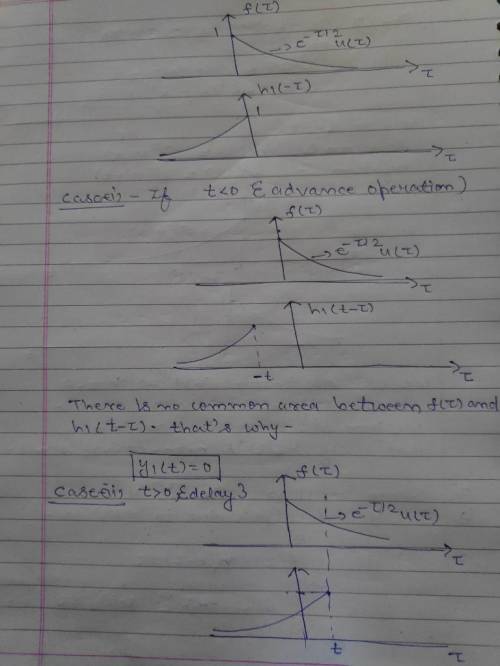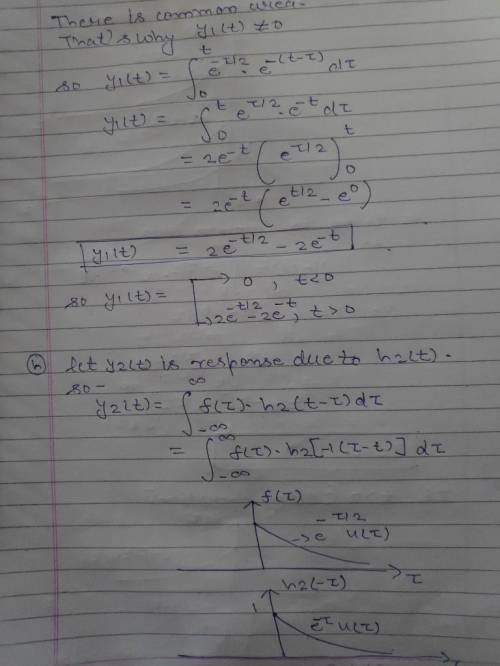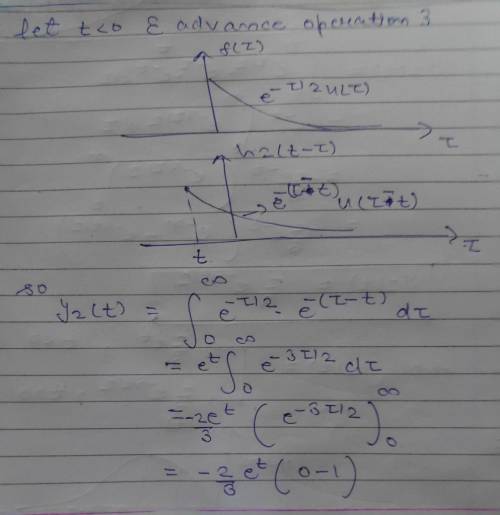
Engineering, 06.03.2020 22:41, lcar61
When the impulse response function h(t) is a causal signal, then the system is causal. Conversely, if the system impulse response is noncausal then the system is noncausal. To illustrate this important concept, consider two LTI systems that are represented by the impulse response functionsSystem 1: h1(t)=u(t) exp(-t)System 2: h2(t)=u(-t) exp(t)Specify whether or not the system is casual?

Answers: 1
Other questions on the subject: Engineering

Engineering, 04.07.2019 16:10, TheOriginalMeyah
An electrical motor raises a 50kg load at a construct velencity .calculate the power of the motor, if it takes 40sec to raise the load through a height of 24m(take g =9.8n/g)
Answers: 2

Engineering, 04.07.2019 18:10, ijohnh14
Shafts are machine elements that are used to a) carry axial loads b) direct shear loads c) transmit power d) rotate at constant speed e) none of the above circular and square shafts subjected to the same torque under the same circum behave a) the same way b) almost the same way
Answers: 2

Engineering, 04.07.2019 18:20, ashleyjaslin
Derive the correction factor formula for conical nozzle i=-(1+ cosa) and calculate the nozzle angle correction factor for a nozzle whose divergence hal-fangle is 13 (hint: assume that all the mass flow originates at the apex of the cone.
Answers: 3

Engineering, 04.07.2019 18:20, annette211pdd8v9
For a gate width of 2 m into the paper, determine the force required to hold the gate abc at its location.
Answers: 1
Do you know the correct answer?
When the impulse response function h(t) is a causal signal, then the system is causal. Conversely, i...
Questions in other subjects:

Business, 13.11.2020 05:00



World Languages, 13.11.2020 05:00



Biology, 13.11.2020 05:00

Mathematics, 13.11.2020 05:00

Mathematics, 13.11.2020 05:00











